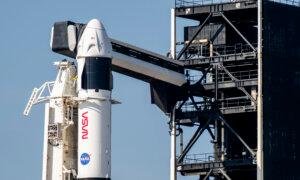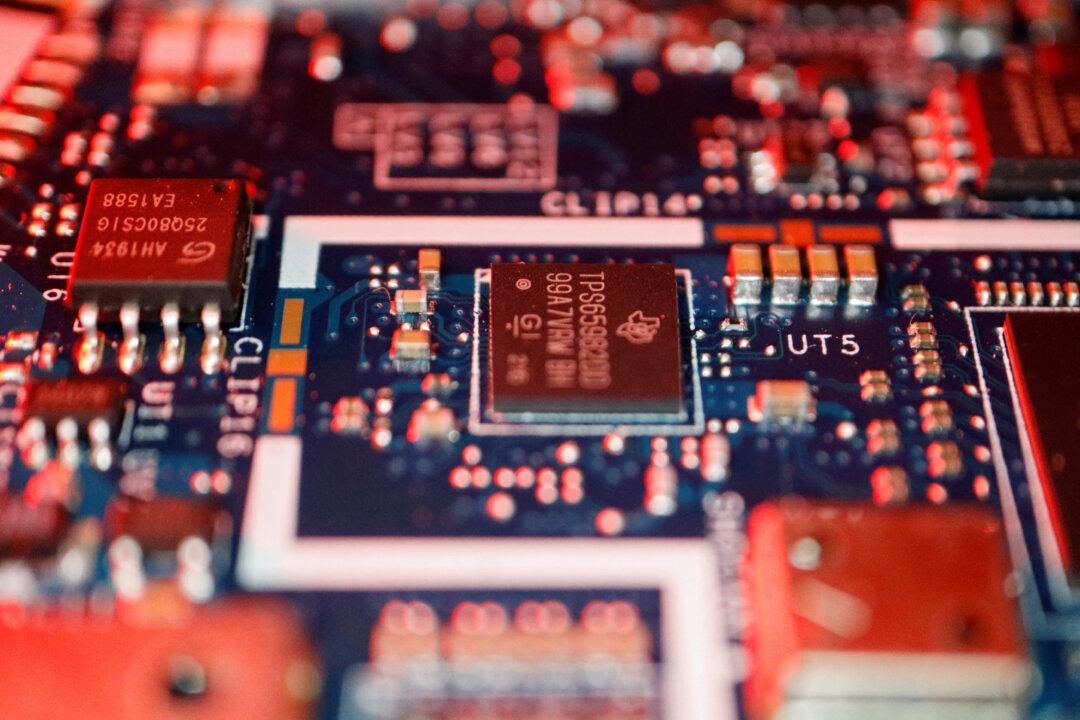U.S. Space Force Chief of Space Operations Gen. B. Chance Saltzman said the United States’ potential adversaries Russia and China have demonstrated a “recklessness” and aggressiveness that show how much a space-related conflict could escalate, particularly through actions in the war in Ukraine.
Common usage includes low-orbit interference, such as radio frequency satellite communications jamming, he said. There is also ground interference of space capabilities, such as the cyberattack on Viasat, disabling internet access for tens of thousands in Ukraine and Europe, which coincided with Russia’s invasion of Ukraine.
“To me, that’s how that starts. Unfortunately, that may not be where they end,” Saltzman said.
“The PRC and Russia both have the capabilities to escalate that up to grabbing satellites, pulling them out of operational orbit ... certainly missile technology and anti-satellite kinetic capabilities—it could also extend there.
“It can escalate to a more traditional kind of destructive form of combat.”
Russia has already demonstrated such escalation, he noted.
“Months before the invasion of Ukraine, they demonstrated a kinetic kill capability: an anti-satellite missile destroyed a satellite. This is 14 years after the PRC demonstrated the same thing,” he said.
“All the hazardous lessons of debris have been learned and talked about—and yet they still chose to destroy a satellite.
“You could argue that was for messaging purposes. Well, message received: This is a war-fighting domain and you intend to be aggressive and demonstrate that capability, so now we’re going to think about how we’re going to respond.
“And then this idea of putting a nuclear weapon into orbit. The Russians are demonstrating reckless, aggressive behaviors with regards to how they intend to contest the space domain that will have far-reaching impacts beyond any localized military effect.”
When it comes to the Chinese regime, Saltzman said his biggest concern is the speed at which its military implements space capabilities.
“The PRC has developed what we tongue-in-cheek call a ‘kill web.’ It’s nothing more than a series of hundreds of satellites that are a sensor network that provide real-time updates targeting quality information of our force,” he said.
That would mean, for example, that in moving forces into the Western Pacific, the soldiers would come under “this umbrella of a very accurate, very long range set of weapons,” or the kill web, “before they’re in a position to do anything in terms of meeting military objectives,” he said.
“This is a huge problem,” he said.
“The Indo-Pacific is where we see this more acutely.
“There is no question that space is a critical national security interest.”
Space capability is a high priority for the Trump administration. In January, the president issued his “Golden Dome” executive order, calling for a sophisticated anti-missile shield for the United States in which the Space Force would play a key role.






